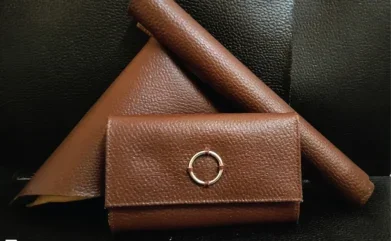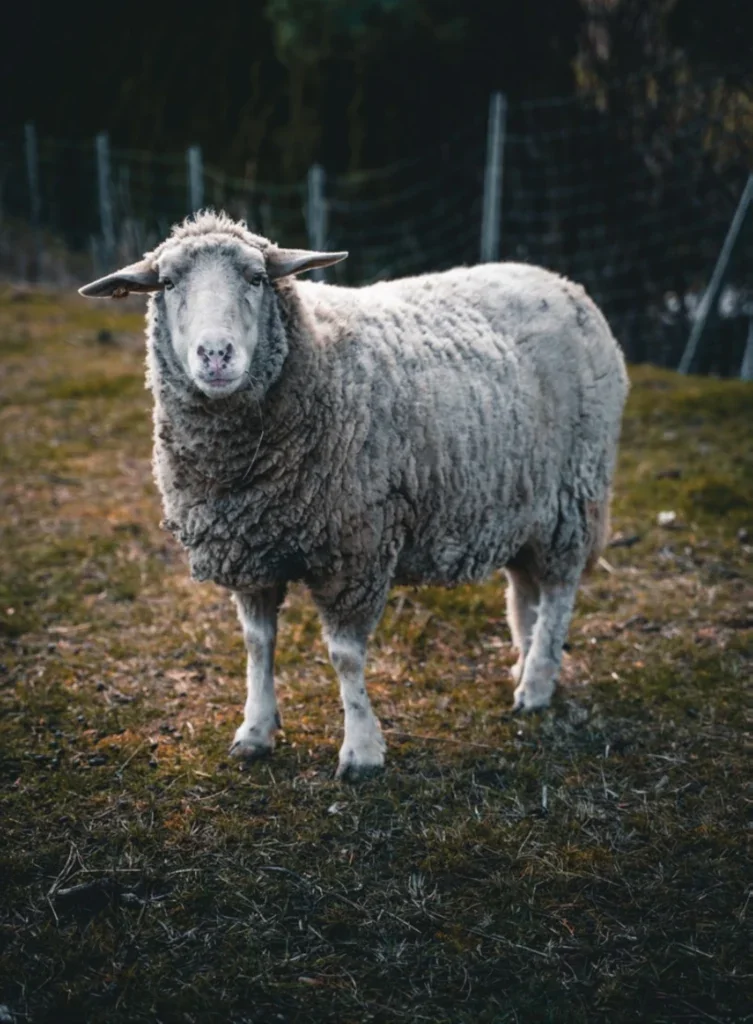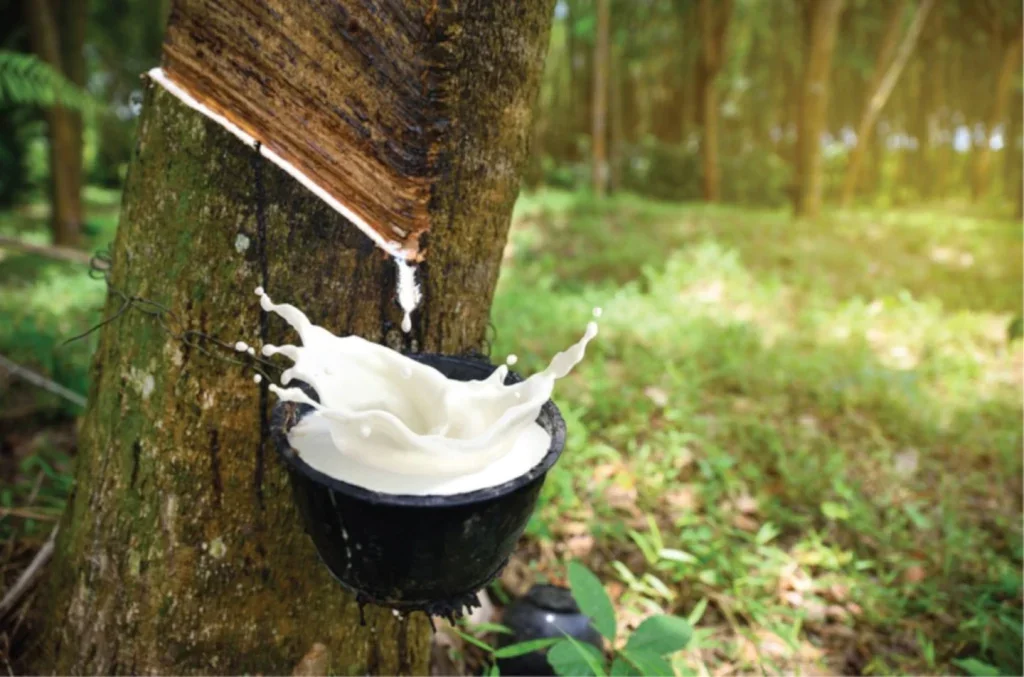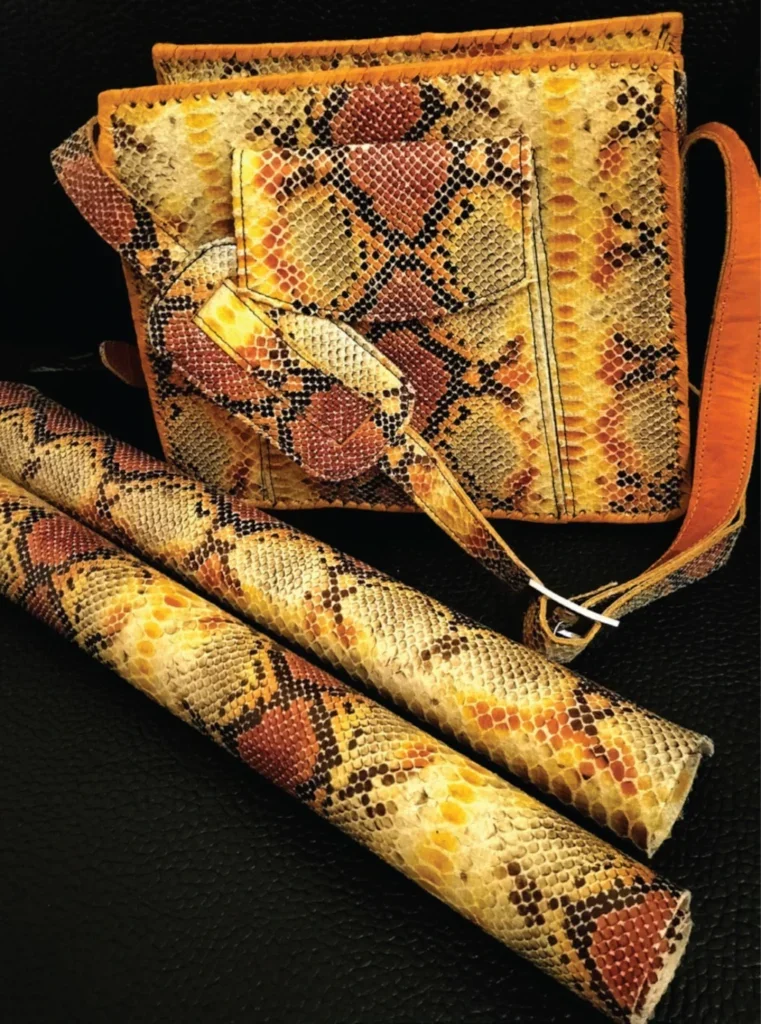
The need for leather substitutes in the fashion industry is driven by customer demand for cruelty-free and eco-friendly products due to concerns about animal welfare and the environmental harm caused by the creation of leather. As consumers become more aware of these issues, the fashion industry is increasingly exploring innovative materials that provide the strength and aesthetic appeal of traditional leather without detrimental consequences.
Eco-friendly alternatives
There is already a large selection of man-made, synthetic substitutes – sometimes known as faux or artificial leather – available on the market due to shifting consumer preferences, while in the fashion business, eco-friendly leather substitutes such as vegan leather derived from pineapple (Piñatex), apple, mushroom (mycelium) and cactus are becoming increasingly well-liked. Leading the way in the use of these environmentally friendly materials for products ranging from clothing and home goods to footwear and accessories are companies such as Adidas, Hugo Boss, Stella McCartney, and Matt & Nat.

While traditional leather has a global market worth over $80bn and is still in strong demand due to its premium appeal and longevity, the market for vegan leather, estimated to be worth $30bn globally in 2023, is anticipated to expand at a compound annual growth rate (CAGR) of 7-9% over the following ten years due to the aforementioned rising consumer demand for cruelty-free and environmentally friendly products, as well as developments in material science.
Coarse wool/natural rubber
Into this realm steps a new initiative to create a sustainable alternative to animal leather. Recently, we developed a green composite by reinforcing coarse wool with natural rubber latex. Fine-quality wool (below 25 micron diameter) is utilised in the apparel industry, and medium coarse wool (25- 35 micron) is used in the carpet sector. Globally, however, many sheep breeds produce highly coarse wool (greater than 40 microns), which cannot yet find appropriate applications. The novel coarse wool/natural rubber composite could be a sustainable alternative to leather in certain applications. It exhibits superior physic-mechanical properties due to the inherent features of natural rubber and wool, making it highly flexible and durable. With our team, we have developed three novel materials:

- (1) Coarse wool/natural rubber latex composite: wool coated with latex is used to create faux leather, combining the natural properties of wool with the durability and flexibility of natural rubber. This results in a synthetic leather alternative that mimics the look and feel of real leather, offering a sustainable and ethical option for fashion and furnishings.
- (2) Coarse wool/natural rubber latex composite with polyurethane (PU) coating: wool coated with latex and PU, utilising embossed techniques, produces artificial leather. This method merges wool’s softness, latex’s flexibility and PU’s durability, creating a synthetic leather with embossed textures, akin to genuine leather. It offers a sustainable and ethical alternative for fashion and furnishings, boasting versatility and style.
- (3) Heat transfer-printed coarse wool/natural rubber latex composite: artificial leather is made from wool that has been coated with latex and printed using heat transfer methods. This technique creates a synthetic leather substitute by fusing the natural softness of wool with the flexibility of latex. It is possible to apply textures and patterns using heat transfer to replicate the appearance and feel of real leather. This method provides a long-lasting, fashionable and ethical alternative for fashion accessories.
Significant elements in the cost analysis of the process and products of leather versus artificial leather made from wool/rubber composite show a notable difference in various aspects. Leather production typically involves animal hides, which can vary in price depending on the animal source and quality, ranging from $2 to $10 per square foot. On the other hand, the raw materials for wool/rubber composite, including wool fibres and natural rubber, are cost-effective.
The estimated cost of the coarse wool/natural rubber latex composite, wool/latex/PU embossed composite and heat transfer printed coarse wool/ natural rubber latex composite is $2.5-3.0, $3.5-4.0 and $5.0-5.5 per square foot, respectively. However, the final product cost can vary depending on factors such as quality and design, ultimately influencing consumer preferences and market demand. And while the novel wool-natural rubber composite imitates leather in many aspects, it does not in all. Thus, it could be an alternative commercial solution for a few applications such as bags and wallets, whereas for shoes or sandals it may not be a perfect material.

As well as having a potentially lower carbon footprint than traditional leather production, thanks to utilising renewable resources, the substitution of coarse wool for leather has a significant socioeconomic effect. Coarse wool is sometimes considered a low-value by-product, yet using it as a leather substitute can create new markets for wool, reducing waste and boosting sheep farmers’ profits as well as supporting local economies.
In conclusion, the development of artificial leather made from renewable and biodegradable wool composite with various techniques presents a promising innovation for both the current and future fashion market. These wool-based materials offer a sustainable alternative to traditional leather, addressing concerns about environmental impact and animal welfare. The usage of non-renewable resources as well as plastic pollution can be decreased by switching to wool composites from synthetic materials.
“The development of artificial leather made from renewable and biodegradable wool composite… presents a promising innovation.”
Dr. Seiko Jose and Dr. Sunita Boruah
By combining wool with innovative manufacturing techniques and reinforcement, designers can create versatile, durable and stylish products that appeal to eco-conscious consumers. Additionally, the use of wool composites provides opportunities for creativity and differentiation in fashion design, catering to diverse tastes and preferences. As sustainability continues to be a priority in the fashion industry, artificial leather made from wool composite offers a compelling solution for brands looking to meet the demands of both current and future markets while reducing their environmental footprint.






